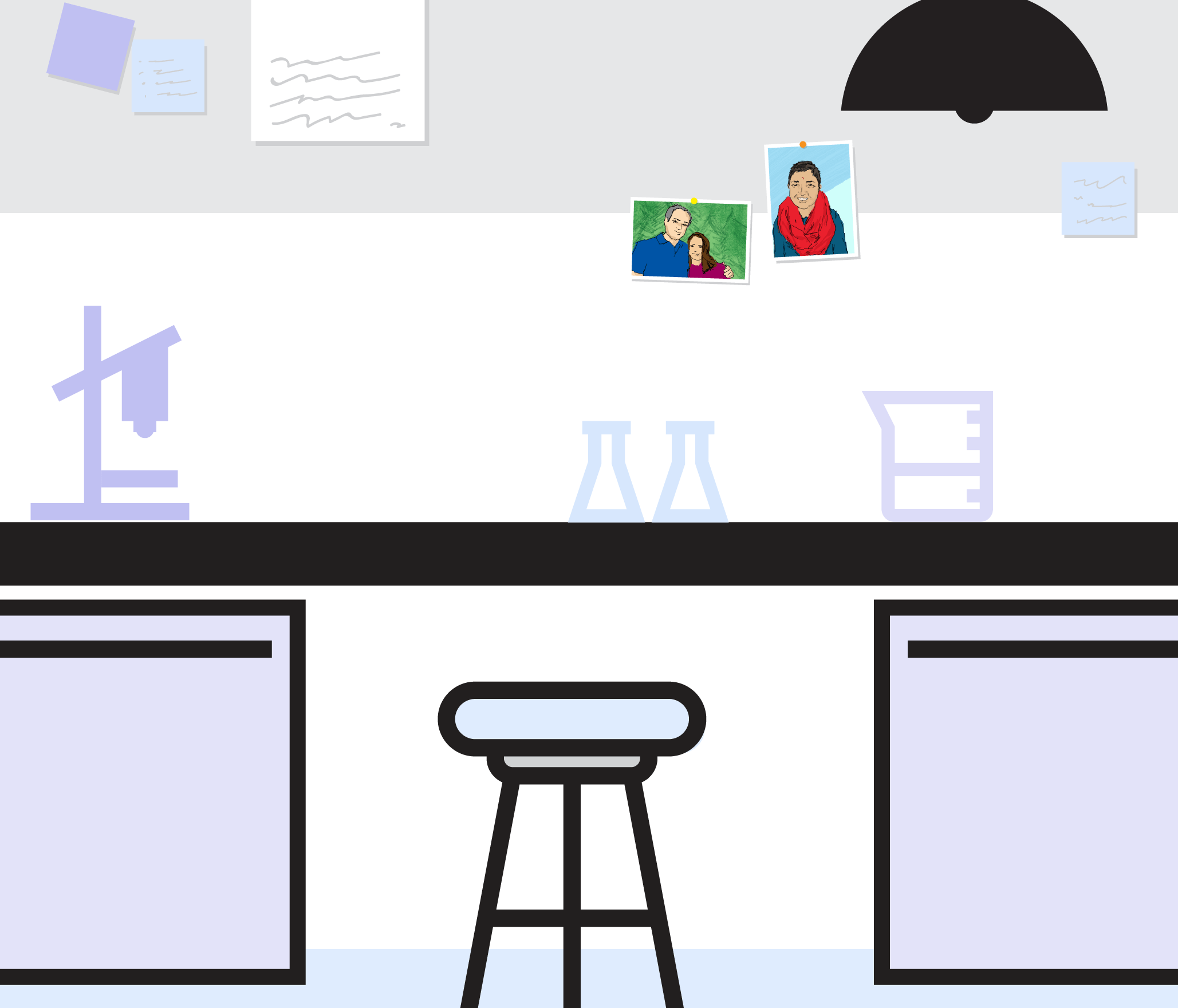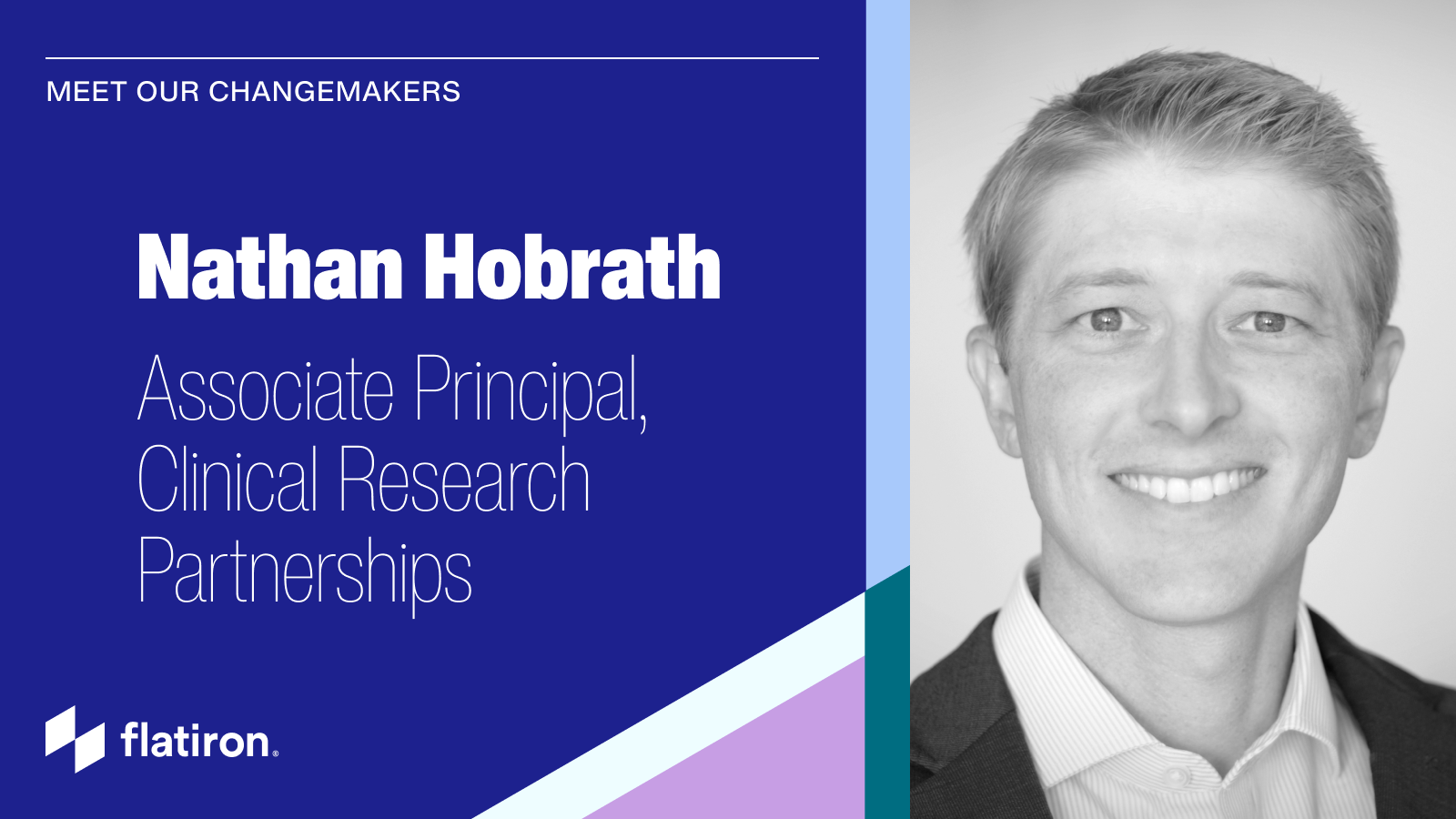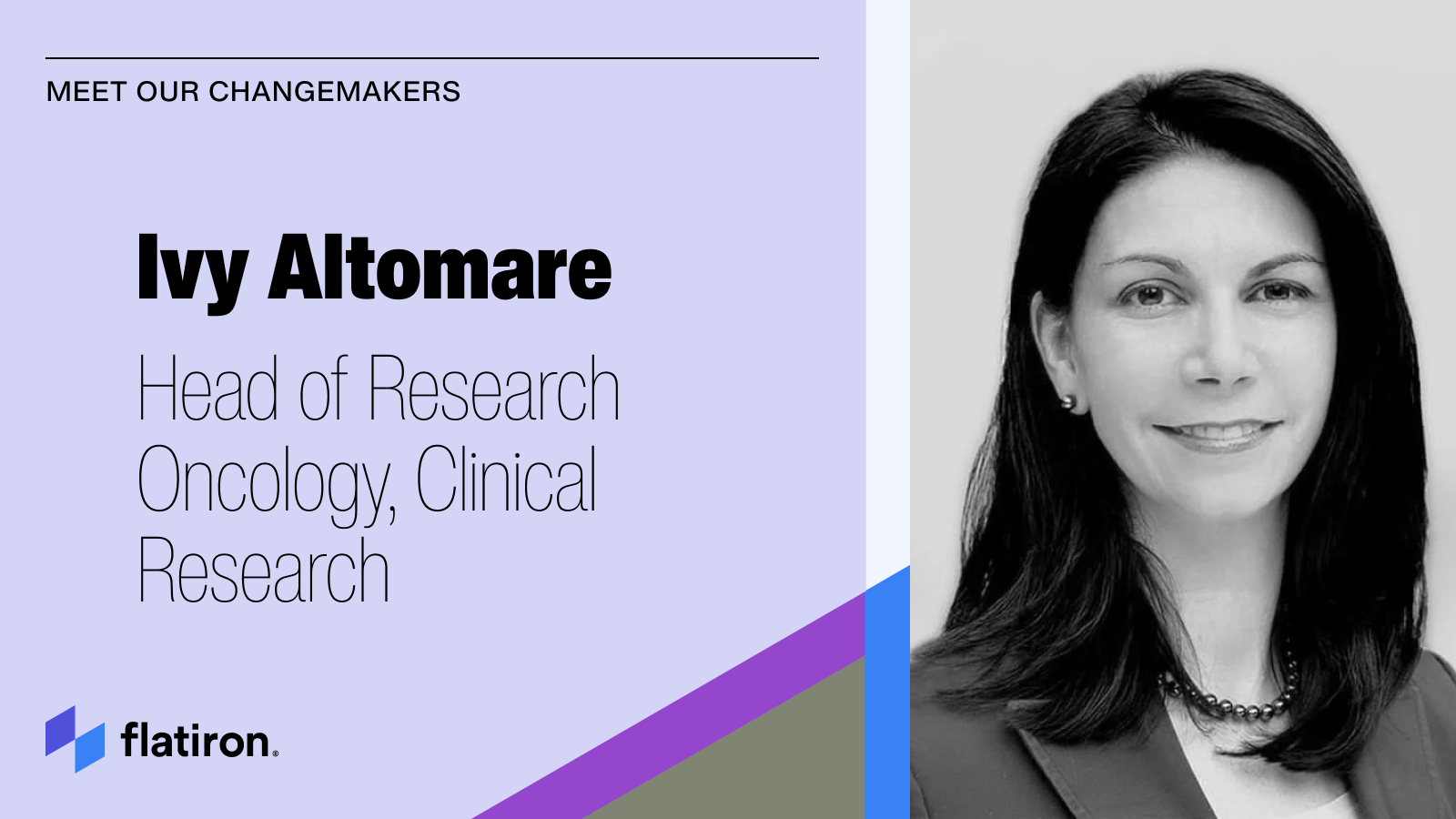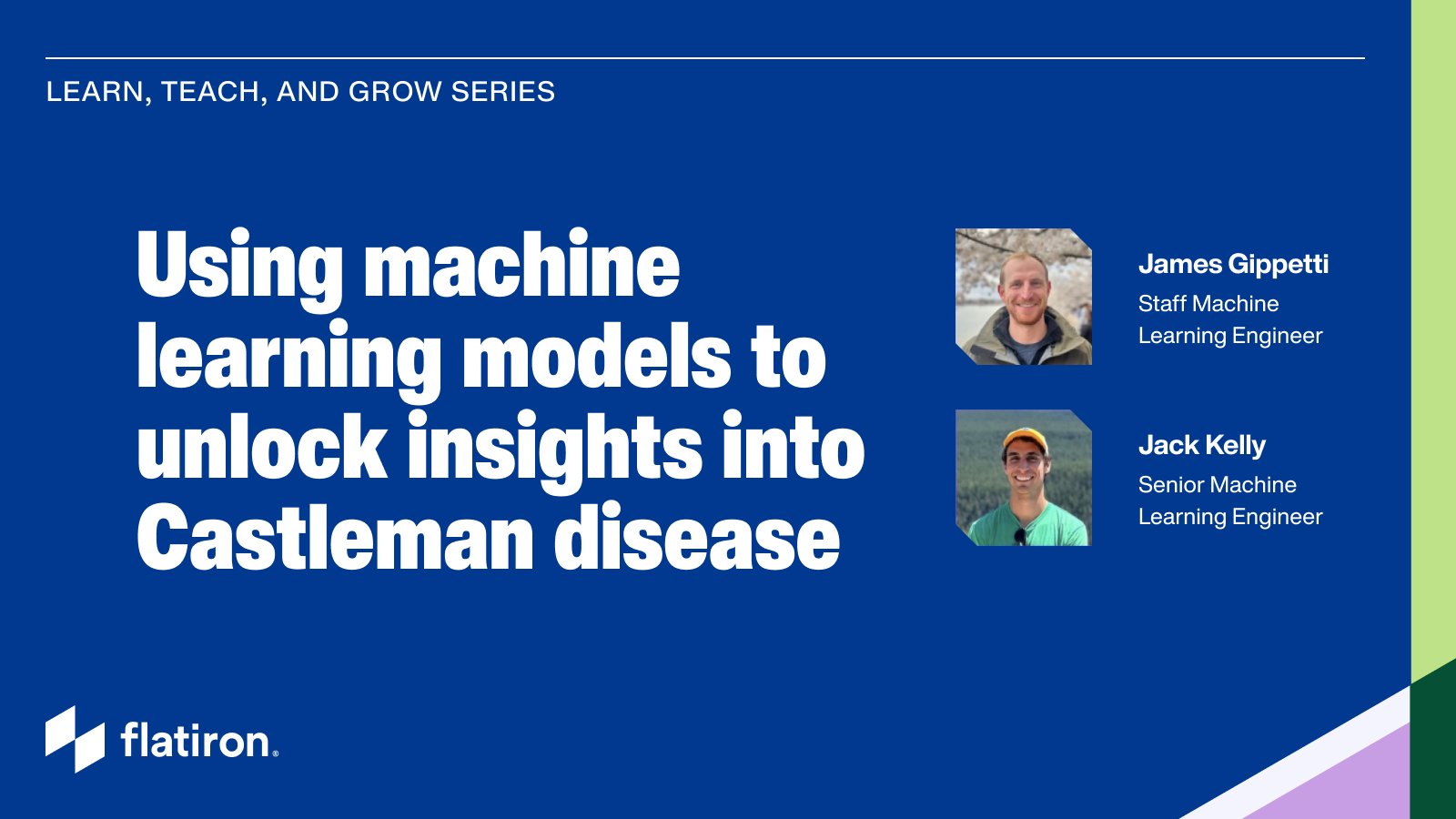I studied cancer for 10 years in research labs. For nine of those 10 years, cancer was cells in a dish, a tiny tumor in a mouse xenograft, a tissue slide with an ID number on it that didn't really mean much to me. It wasn't until both my father and best friend were diagnosed with cancer just months apart when my perception of cancer completely changed. Suddenly, cancer wasn't a cell, or a mouse, or a slide, it was a person. It was human. A loved one who was confused, terrified and looking to me for answers. Someone whose life had been forever changed with the three words we all dread. "You have cancer".
After my father and best friend were diagnosed, I began reading more about the origins of the cells that I was using in my research day in and day out. These cells didn't just magically appear in the lab, they came from people. Each cell line had a story. A patient who I (and thousands of other scientists) had to thank for allowing me to use a part of them for my own research. The IDs on tissue slides weren't just random numbers anymore. They were codes. Codes for patients that had to have pieces of their tissue removed. People whose suffering had allowed me to carry out cancer research.
My dad and best friend had very different types of cancer. One resectable and targetable. The other, neither. On the one hand, I got to witness the real-life effects of ground-breaking research that brings a miracle drug like imatinib to a gastrointestinal stromal tumor patient like my father. On the other hand, I also got to witness how starkly different that experience is from that of a non-Hodgkin's lymphoma patient, a cancer that, right now, is usually treated with chemotherapy.
While my dad was nursing his surgery scar, I was helping my friend shave her hair. Both had similar emotions about their respective "wounds," despite having completely different experiences. To me, their battle scars were beautiful. They were badges of strength and perseverance. But neither of them saw it that way. If anything, they both hated the words "bravery" and "strength". To them, fighting cancer wasn't brave or a sign of strength. It was not a choice. It was a necessity. Something they just had to do even though it was terrifying, exhausting and testing. Slowly but surely, I realized that no matter how physically close I was to either of them, no matter how involved, no matter how present, I could never truly grasp what they were going through.
No two cancer stories are the same. But in the end, all cancer is a human experience. While I hate to admit it, that's something that I had lost sight of in the lab. I began to feel helpless and useless playing around with my petri dishes and microscopes. Even though deep down I knew that what I was doing was certainly not useless -- I was always a cheerleader for biomedical research -- something had changed.
I haven't been at Flatiron very long, and while I still struggle with that helpless feeling, I feel more connected to the patients now than I ever have in my career. Instead of studying the cells, I now have the opportunity to write about the patients. I can tell their stories through the research lens and enable them to advance clinical cancer research through their experiences. I certainly never lose sight of the human behind the cell anymore. The patients, the fathers, the best friends, they're always in the back of my mind. Every. Single. Day.



